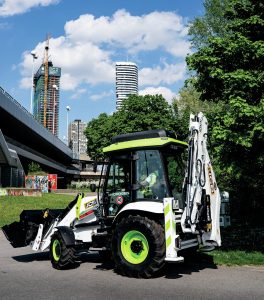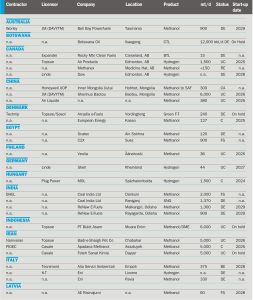
NextChem wins contract for blue hydrogen project
NextChem subsidiary KT Tech has been awarded a licensing, process design package and engineering services contract by a major international energy company for the application of its proprietary NX eBlue™ (electric steam methane reforming) technology for the production of low-carbon hydrogen in the Southwest of the United States. NX eBlue™ technology, part of NextChem’s technological portfolio for syngas and hydrogen production, features an innovative electric steam methane reforming reactor along with a dedicated process scheme to produce low-carbon hydrogen. This technology significantly reduces CO2 production and incorporates integrated carbon capture to further minimise CO2 emissions, all allowing for operational flexibility and scalability.






